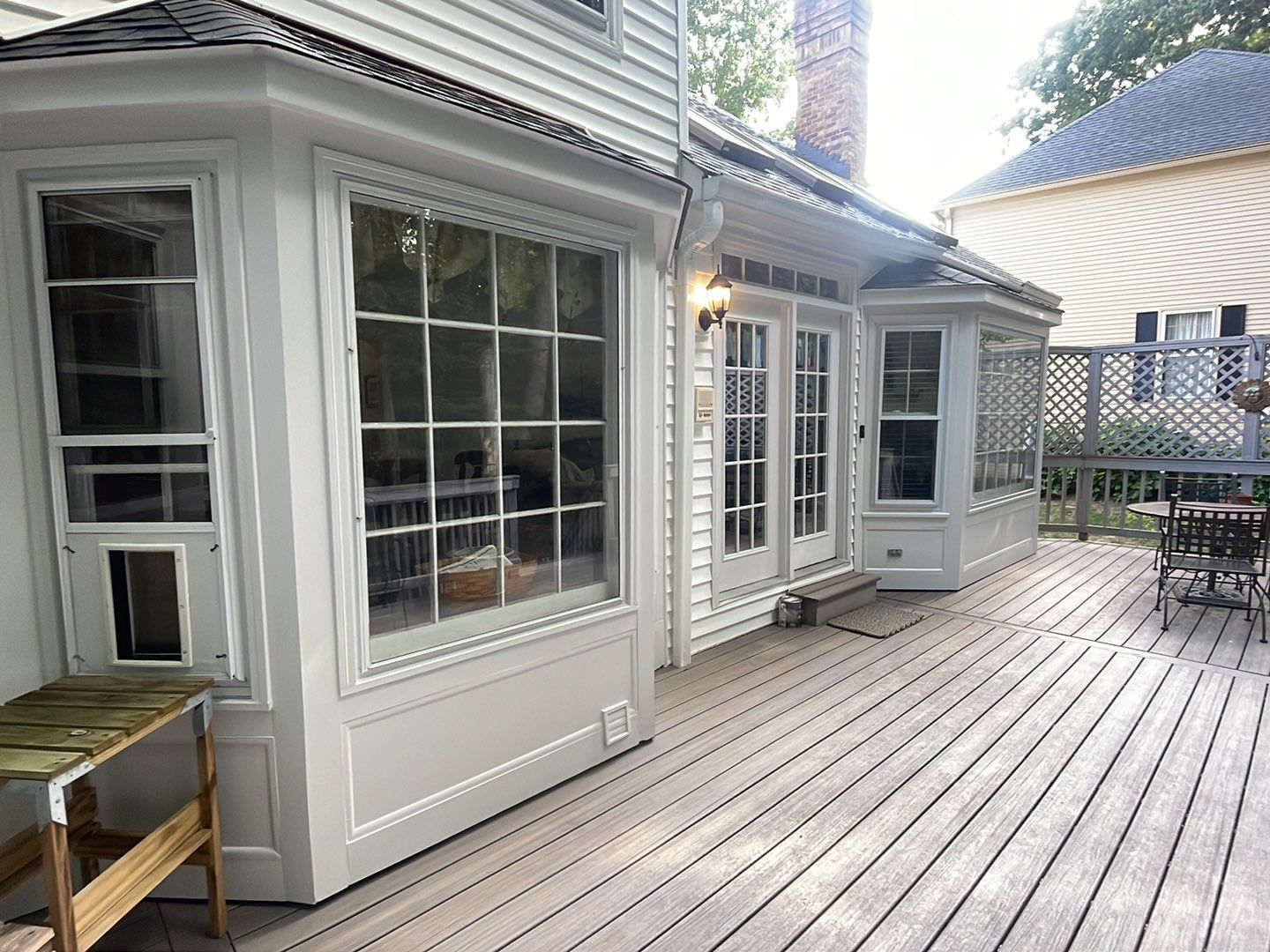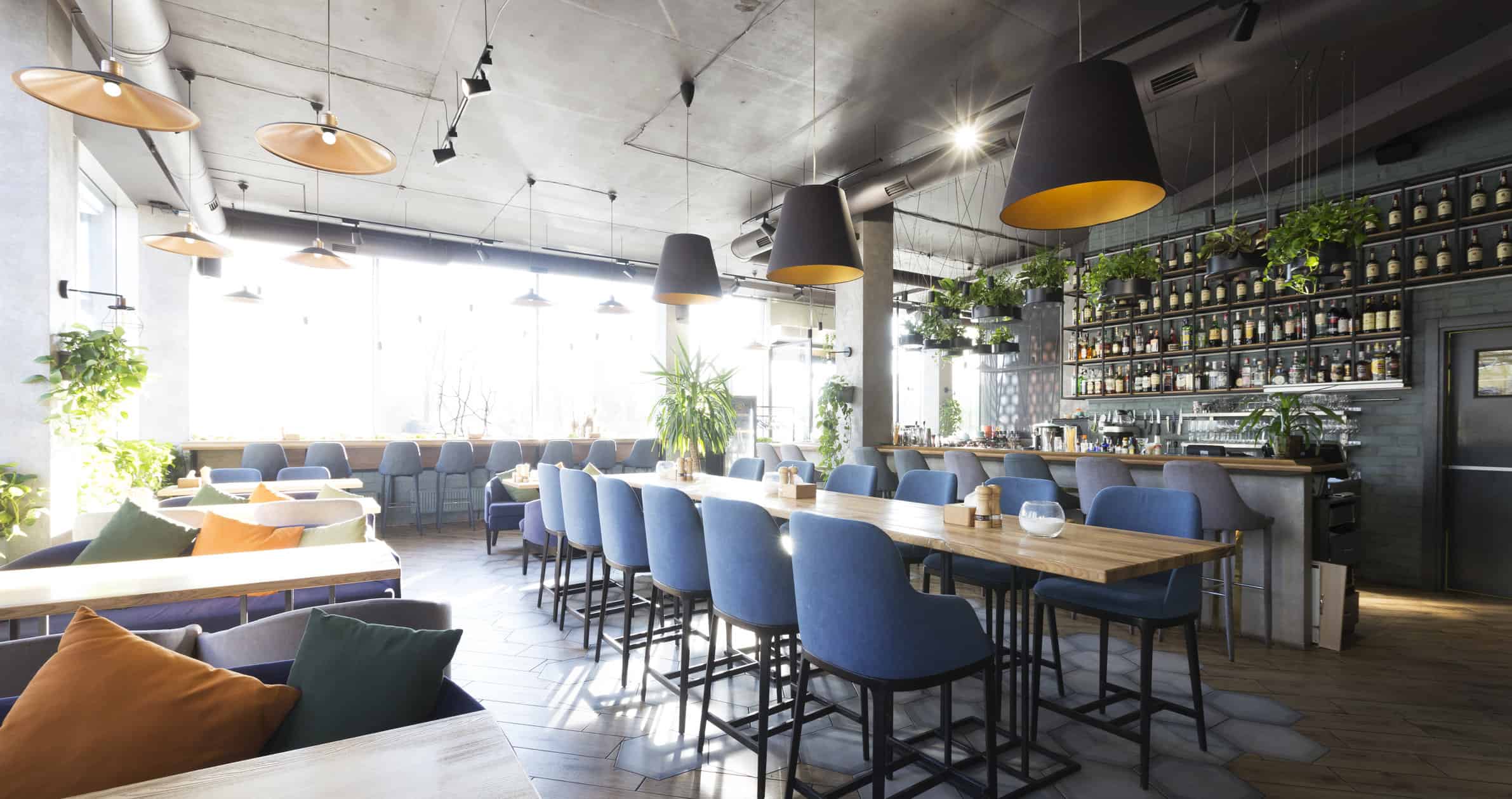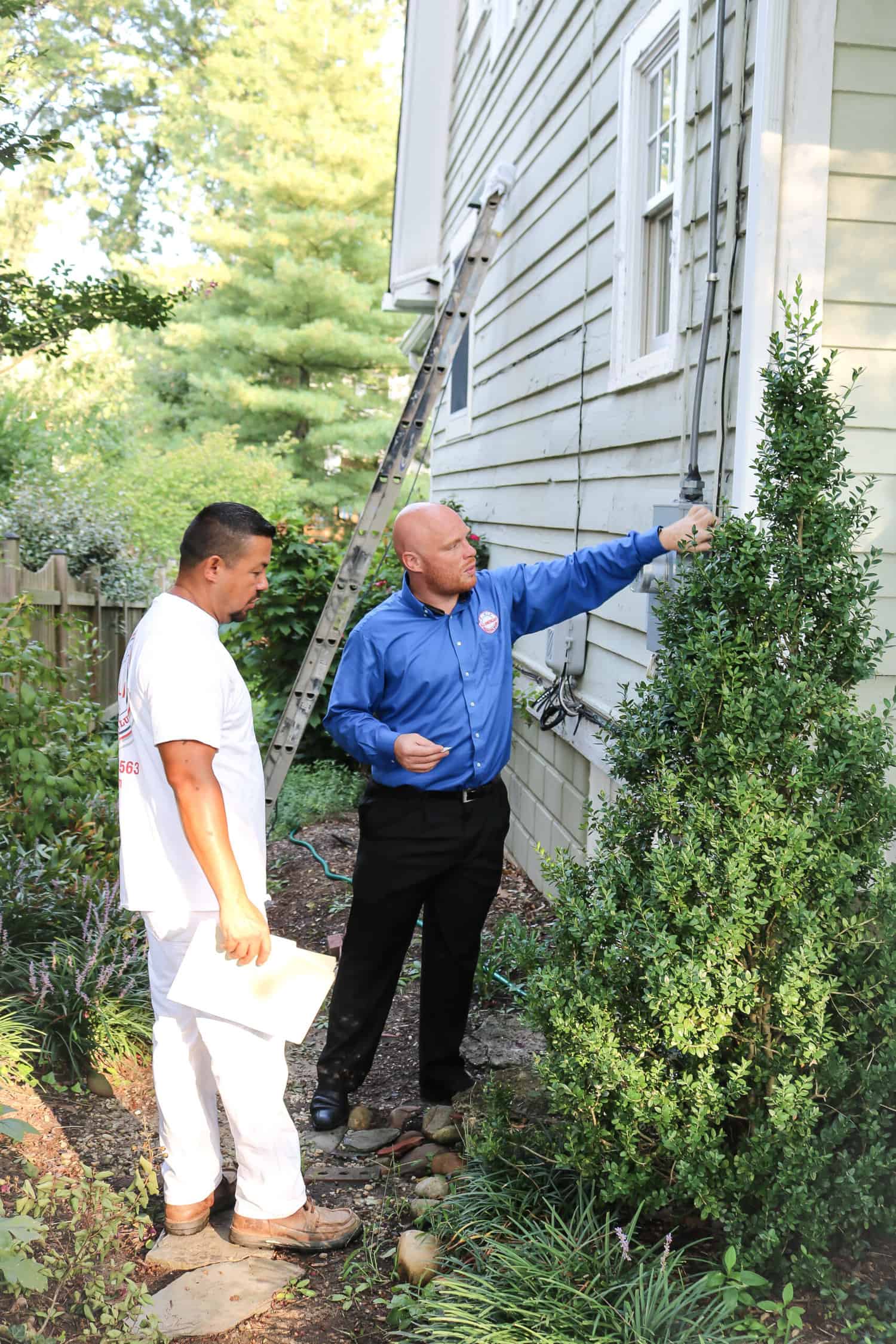As with any project that involves preparation and precision, mistakes will likely be made. Still, things can be done to minimize the likelihood and severity of these mishaps, especially when it comes to residential painting. Being aware of some common rookie painting mistakes can help you avoid them when it’s your turn. Here are five prominent rookie mistakes people make when painting their homes.
- Inadequate Preparation
Most rookie painting mistakes stem from inadequate preparation. The more you prepare, the better your home will look, and you’ll thank yourself later.
For interior painting, you’ll want to prep your walls in a specific way. First, make sure the walls are clean and clear of debris and cracks. The smoother the better. Then, you’ll want to use painter’s tape to cover corners, trim, and other areas you don’t want paint to touch. You should of course make sure the room is clear so paint doesn’t end up on furniture or other objects. The floor should also be covered with drop cloths to catch paint drips. To help with adhesion and longevity, you’ll want to go over the walls with primer first, and then let it dry. After that, you can sand the walls to get them nice and smooth for painting.
- Not Enough Paint!
If you can handle all the prep work of home painting, the other pitfalls are a bit easier to deal with. One of the more annoying and costly mistakes rookies make is not purchasing the proper amount of paint. To be fair, it’s not easy to translate a bucket of paint to the dimensions of a wall’s surface. Fortunately, people have crunched the numbers already, so all you need to do is measure the surfaces that need painting. One gallon of paint roughly coats 400 square feet. Use this rule of thumb to calculate how many gallons of each color you’ll need, accounting for a bit extra in case anything goes wrong, of course.
- Painting in the Wrong Conditions
Too hot, too cold, too humid, or too dry – extreme climate conditions can negatively affect every aspect of painting your home. You can overcome these problems if you have central air, heating, and humidity controls. If not, you may have to wait to paint until the weather becomes more temperate. Humid weather can lead to long dry times and decrease paint adhesion. High heat might cause paint to dry too quickly, while cold temperatures can prevent proper drying altogether.
- Not Enough Light
You want your home to look good – to be seen and admired by other people. Therefore, it’s crucial that you see what you’re doing. When painting in low light, you’re bound to miss spots, over- or under-brush, or leave smudges here and there. To ensure even strokes and full walls, paint in well-lit areas. Bring in lights if you have to.
- Lacking Patience
Pro painters can tell you that painting takes a long time. Even after doing all your research and preparation, you might not realize just how long it takes to do everything properly. A big chunk of the time involves drying. Primer has to dry before painting, and the first coat of paint must dry before applying the second. If you’re too hasty and don’t allow the necessary time for drying, you can risk undoing all your meticulous labor. You’ll end up with visible uneven strokes or potential peeling. You can research drying times for most paint types and brands, or, to be safe, simply wait a full day to start on that second coat.
You don’t have to fall victim to any of these common mistakes. But if you’re not confident in your DIY abilities just yet, consider using a painting service to do the job. You can ask them questions and even watch their process so you can learn more tips and tricks for your future painting projects.
All American Painting Plus, Inc. is happy to take on your home painting projects and answer any questions you may have. We’ve been serving residents of Northern Virginia for over 25 years, making homes look better than ever. Call us today at 703-620-5563 or email us at info@aapplus.com for estimates and more!











